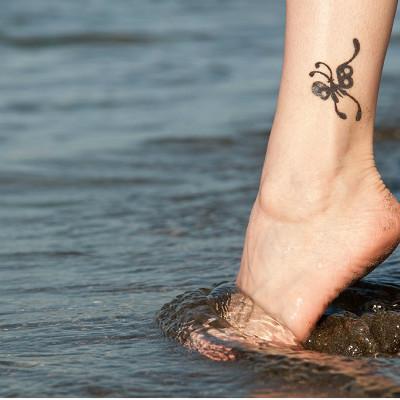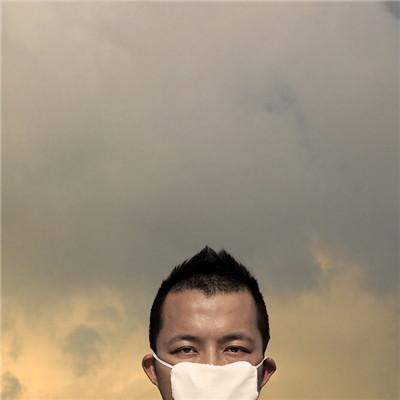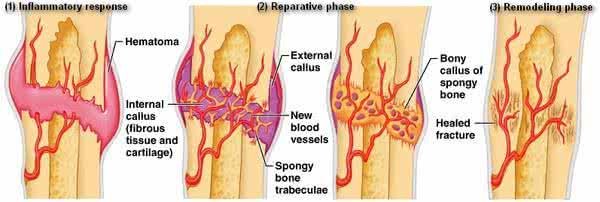How is tenosynovitis treated?
summary
Tendon sheath is the synovial sheath to protect the tendon. It is a double-layer sleeve like closed synovial tube outside the tendon, which is divided into two layers to wrap around the tendon. The synovial cavity is between the two layers, and there is tendon sheath synovial fluid in the synovial cavity. The inner layer is closely attached to the tendon, and the outer layer is lined in the tendon fiber sheath, which is combined with the bone surface to fix, protect and lubricate the tendon and prevent it from friction or compression. How is tenosynovitis treated? Let's talk about it
How is tenosynovitis treated?
For patients suffering from inflammation soon or mild disease, conservative treatment can be adopted. Including: the use of effective drugs to smear on the affected area, physical therapy, to avoid cold stimulation of the affected area, so as to avoid aggravation of inflammation, can slow down the onset of inflammation through local hot compress, take appropriate measures to change the bad living habits and behaviors leading to the disease, use medical devices or braces to properly control thumb activity, and so on.

Closed treatment is mainly through the injection of effective therapeutic drugs to the sheath, from the internal repair sheath injury, and then the treatment of inflammation. The injection drugs used in closed therapy are mainly sterols. The advantages of intrathecal injection of sterols are: quick effect, long time of action, high degree of effectiveness, up to 50% - 80%. However, blocking therapy has its disadvantages. That is, the effect of the injection may not be complete, because there may be multiple intervals within the first extensor septum, so that the drug can not reach all the damaged sheaths. For some patients, the effect of closed treatment is not significant. For example, patients who already have diabetes.
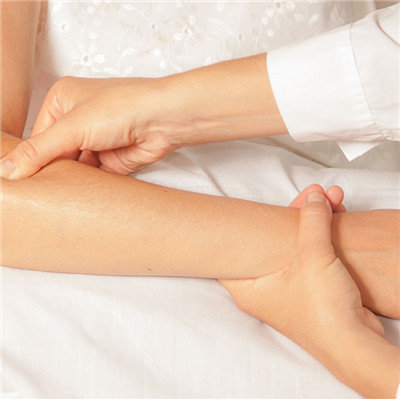
For patients with repeated attacks or severe inflammation, when conservative treatment and closed treatment have no obvious effect, surgical treatment can be used. Under local anesthesia, a transverse incision should be made at 1cm of the proximal styloid process of radius along the dermatoglyph. In this process, attention should be paid to protecting the nerve branches, cutting the first extensor septum, and thoroughly removing the septum in the compartment, so as to completely release the abductor pollicis longus and extensor pollicis brevis.
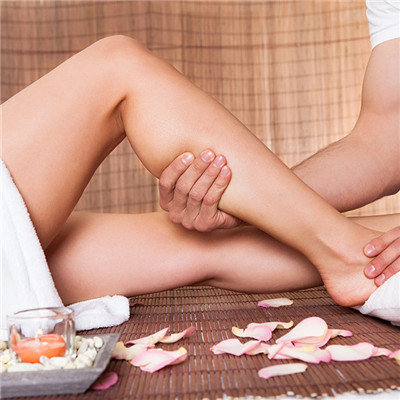
matters needing attention
Wash hands with warm water. Develop the habit of washing hands with warm water after work. Do not use cold water. Move your hands timely and massage by yourself. If you get this disease, you should treat it as early as possible so as not to become chronic. Eat more vegetables, such as rape, green vegetables, celery, etc., eat more protein and calcium rich food and lean meat, chicken, eggs, soybean milk, etc. Eat more fruits, you can eat some oranges, apples, pears, hawthorn and so on, to supplement vitamins and balanced nutrition.







